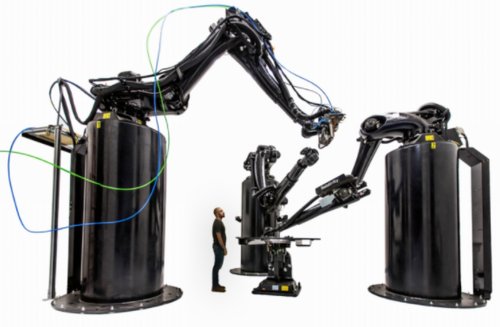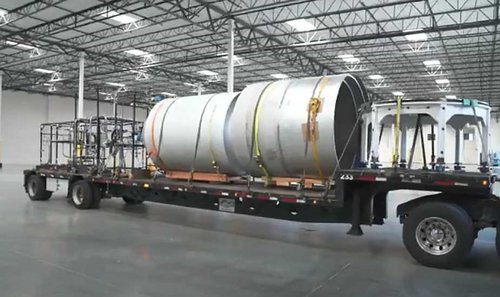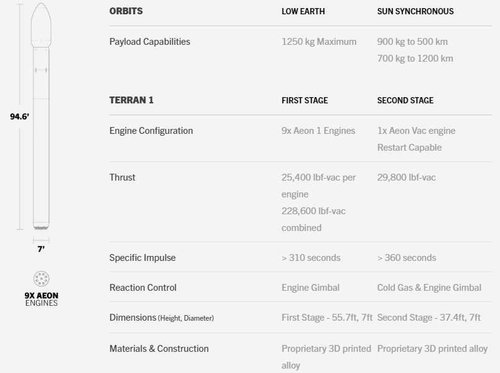Hobbes said:
A 3D printed part will not be as strong as a forged part.
There are other factors that you have to take into consideration:
-for 3D printed parts they can often be strong in one direction and weak in another direction, because they are assembled by putting layer upon layer (imagine pulling those layers apart and you get an idea of how they can be weak in one direction and not another).
-3D printing works for some materials and not for others, which is true for certain metal alloys. If you need a part made out of a certain type of alloy and that alloy cannot be used in a 3D printing process, then you might have to settle for a substitute that is not as good. (The number of metals being developed for 3D printing is increasing, but these metals have to be produced in a powdered form, which is not applicable for some of them.)
-quality control (and predictability) is not as easy for 3D printed parts. When putting down the layers of materials, you can end up with gaps between the layers (in part because you are putting a hot material on top of a cooling material). You have to inspect for this, and if the part is defective, you discard it and start again.*
-3D printing can take a long time on an individual part basis, which is why it is hard to adapt to mass production (for this and some of the above reasons it has been used for rapid prototyping, but other methods are used for final production).
3D printing is expanding in capability and being used for more and more things, including aerospace (including critical aerospace parts), but it is never going to replace all or even most manufacturing processes because of its limitations. For some forged metals you have to keep in mind that they can be forged relatively quickly (pouring a metal into a mold and then cooling it is faster and easier to do than laying down layer after layer). Also, because we have hundreds of years of experience with metals, they are very well understood in terms of their properties and behaviors. We know how to make and pour and cast many metals and how they will behave under stress, under temperatures, etc. A 3D printing process changes that predictability and so engineers are careful when they do that. They might want something they totally understand instead.
3D printing has a great advantage in that you can create parts of entirely new geometries that you cannot cast. It can enable new types of structures. But it's not magic. You might remember that about 2-3 years ago there was a lot of hype about 3D printing. It was all over the internet and on the covers of magazines and stuff like that. And yet we don't regularly order 3D printed consumer goods or make them at home. There's a lesson there: beware the hype.
*If you want to get an understanding of this, imagine that you need a metal cube 10 cm by 10 cm. You can create that by pouring molten metal into a cube mold and then letting it cool. You can also create that cube by laying down layer after layer of metal with a 3D printer, starting with the middle of the bottom layer and working out, then going back to the middle and putting on the second layer and moving out, and so on. If you think about the final product, with the poured cube, you should end up with a cube that is uniform, and if you cut it in half, any point inside that cube is going to be identical to any other point. It is very uniform and predictable. If you cut that 3D printed cube in half, you're going to see slight deformities and you're going to see the layers. That gives you a sense of how the two cubes will behave differently when they are part of an engine or a structure.








